Intravenous NAD+ and Parkinson’s Disease: A Promising Connection
Parkinson’s disease (PD) is a progressive neurodegenerative disorder that affects movement, often presenting with tremors, muscle rigidity, slowness of movement, and impaired balance. While pharmaceutical treatments offer symptomatic relief, many patients continue to seek complementary therapies that support neurological health and improve quality of life.
One emerging and promising therapy is intravenous NAD+ (nicotinamide adenine dinucleotide) — a naturally occurring coenzyme essential for cellular energy production, DNA repair, and mitochondrial function. Recent anecdotal reports and early-stage research suggest that IV NAD+ may offer significant benefits for people with Parkinson’s disease, particularly in managing symptoms and supporting brain health.
Understanding NAD+ and its Role in Brain Function
NAD+ plays a critical role in:
Mitochondrial energy production: Essential for ATP generation, the body’s energy currency.
Neuroprotection: Supports the survival and repair of neurons under stress.
Reducing oxidative stress: Acts as a coenzyme for enzymes that mitigate damage from free radicals.
DNA repair and cell signaling: Helps maintain genomic stability and cellular communication.
In Parkinson’s disease, mitochondrial dysfunction and oxidative stress are central to the degeneration of dopamine-producing neurons. By replenishing NAD+ levels intravenously, cells may be better equipped to repair and regenerate — potentially slowing or improving symptom progression.
Case Study: Significant Relief from Parkinsonian Tremors with IV NAD+
Client Profile:
A 68-year-old male with moderate Parkinson’s disease diagnosed eight years ago. Symptoms included resting tremors in both hands, stiffness in the arms and neck, and fatigue. Traditional Parkinson’s medication Sinemet provided partial relief but did not significantly reduce tremors or improve energy levels. The client has had NAD+ IV infusions previously in Thailand with good effect.
Intervention:
The client underwent an intravenous NAD+ infusion — beginning with a loading phase of 250mg NAD+ administered over 2 hours, followed by maintenance infusions monthly.
Results:
Within 2–3 hours post-infusion, the client reported a marked reduction in tremors — contacting the nurse “over the moon” that his tremors had completely stopped.
The reduction in shaking persisted for up to 3–4 weeks, which is consistent with previous NAD+ infusions he has had in Thailand. This allows him to eat, write, and move more freely.
Additionally, the client experienced improved mental clarity, mood stability, and sleep.
Over a 12-month period, this pattern has been consistent, with no reported adverse effects.
Why Might IV NAD+ Help in Parkinson’s?
Supports dopamine neuron resilience: NAD+ may help sustain the function of dopaminergic neurons, which are particularly vulnerable in Parkinson’s.
Reduces inflammation and oxidative damage: Chronic inflammation is a known contributor to neurodegeneration in PD.
Improves energy metabolism: Better cellular energy production may help reduce muscle fatigue and stiffness.
While more clinical research is needed, real-world evidence like the case above is driving interest in NAD+ as a supportive therapy for neurodegenerative conditions. For patients experiencing persistent tremors and cognitive decline, IV NAD+ may offer a safe, non-pharmaceutical option to improve day-to-day function and quality of life.
IV NAD+ is not a cure for Parkinson’s, but for some individuals, it may serve as a powerful adjunct therapy — calming tremors, restoring clarity, and improving energy. As always, clients should consult with their healthcare providers before beginning any new treatment, and NAD+ infusions should only be administered under professional medical supervision.
For more information what intravenous nutrient infusions may be suitable for you, contact our team at enquiries@thenutrientnurse.nz or book online here.
